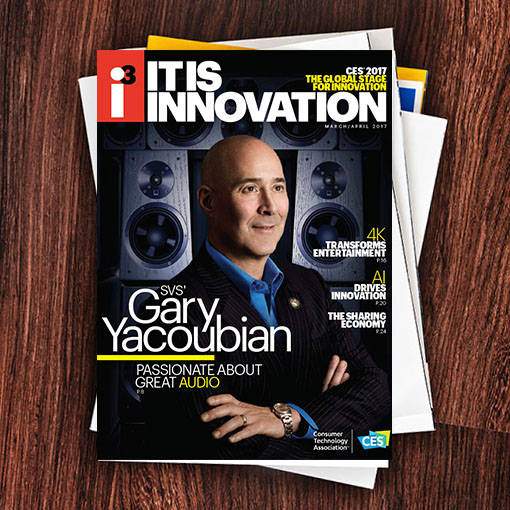In recent months, Google introduced Google Home and now “Hey Google” is heard frequently under our roof. These devices have become important elements of our household dynamics. Gone are the days of my kids going to their room and slamming the door when they want to make a point. The other day, my son Ryan simply ripped Google’s power cord out of the wall. (Unfortunately for him, I can’t remember what point he was even making). As every parent can attest, it’s still touch-and-go with the kids, but for Alexa and Google, they get to stay.
This past January marked the 50th anniversary of CES. With more than 4,000 exhibiting companies – from the world’s biggest businesses to more than 600 startups – one theme spoke the loudest. Voice-activated technologies were pervasive no matter where you looked.
Voice technology is an excellent case study on the remarkable pace of innovation. We’ve made incredible progress in voice-recognition in the last 30 months. When we started developing voice recognition in 1995, the word error rate was close to 100 percent – the technology misidentified almost every word that was spoken. But by 2013, that rate fell to roughly 25 percent as voice recognition correctly identified three out of every four words. Still, missing one key word in a sequence was enough to frustrate most users and keep them from fully deploying the technology.
Fast forward to 2017 and the word error rate for voice recognition has dropped to roughly five percent, or roughly the rate at which humans make errors when transcribing spoken words. We’ve reached human parity. Companies are now working to integrate voice recognition across a myriad of product verticals and consumers are ready to adopt the technology.
In 1984, we saw the first commercial successful launch of a computer graphical user interface (GUI). This changed how we interacted with computers and ultimately ushered in smartphones 30 years later. Now, like then, voice is changing how we use computers. The GUI enabled tremendous innovation in computing and voice is positioned to bring similar disruption over the decades to come.
Voice recognition is becoming the common operating system for diverse digitally connected objects. It is the glue binding all of the life changing innovations we are seeing at CES together.

i3, the flagship magazine from the Consumer Technology Association (CTA)®, focuses on innovation in technology, policy and business as well as the entrepreneurs, industry leaders and startups that grow the consumer technology industry. Subscriptions to i3 are available free to qualified participants in the consumer electronics industry.